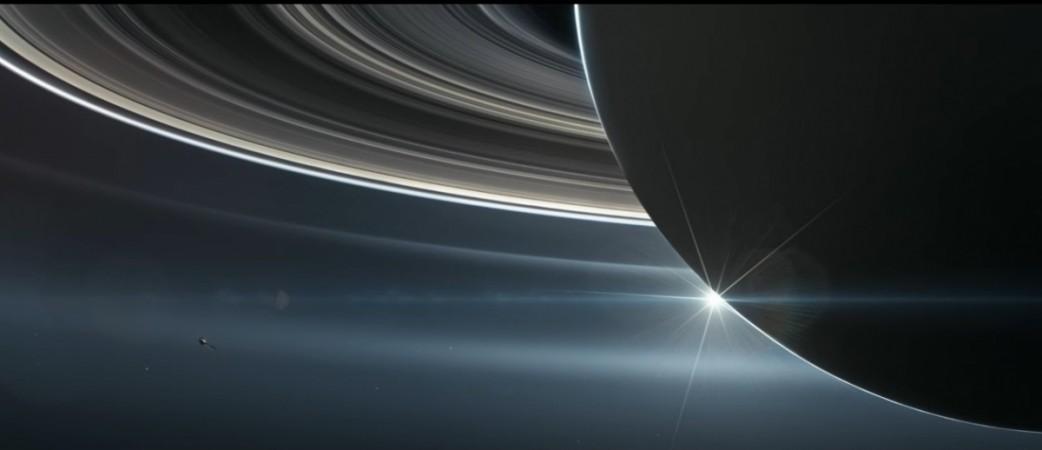
NASA's Cassini spacecraft, which has been orbiting Saturn and its moons, is about to see the end of its journey on September 15, as scheduled.
ALSO READ: NASA to probe interior of Red Planet: Top things to know about Mars Mission
On April 22, Cassini got a gravitational kick from Saturn's moon Titan, which put the 2.5-ton spacecraft on its route to destruction.
Various other milestone missions are going to take place till Cassini plunges in the surface of the ringed planet during its Grand Finale, which began in April and will end on September 15, 2017.
Cassini will be making two more close passes before it destroys itself by plunging into Saturn's surface.
ALSO READ: Bizarre alien technology spotted in a new UFO sighting in Germany? [VIDEO]
"The Cassini mission has been packed full of scientific firsts, and our unique planetary revelations will continue to the very end of the mission as Cassini becomes Saturn's first planetary probe, sampling Saturn's atmosphere up until the last second," said Linda Spilker, Cassini project scientist from NASA's Jet Propulsion Laboratory in Pasadena, California.
"We'll be sending data in near real time as we rush headlong into the atmosphere -- it's truly a first-of-its-kind event at Saturn," she added

Things to know about Cassini's Grand Finale:
1. The spacecraft is expected to lose radio contact with Earth within a minute or two of the beginning of its descent into the upper atmosphere of the ringed planet. Eight out of 12 of Cassini's instruments will function despite losing contact with Earth.
2. Saturn's atmosphere will be directly sampled by the spacecraft's ion and neutral mass spectrometer (INMS). It will provide insights about the formation, composition and evolution of the planet.
3. Detailed high-resolution data about Saturn's auroras, temperatures and the vortices at the planet's poles will be recorded by the spacecraft on the day before its plunge.
4. The imaging cameras of Cassini will be off during its final descent. It will take a last look into the system of the planet on September 14.












!['Had denied Housefull franchise as they wanted me to wear a bikini': Tia Bajpai on turning down bold scripts [Exclusive]](https://data1.ibtimes.co.in/en/full/806605/had-denied-housefull-franchise-they-wanted-me-wear-bikini-tia-bajpai-turning-down-bold.png?w=220&h=138)
![Nayanthara and Dhanush ignore each other as they attend wedding amid feud over Nayanthara's Netflix documentary row [Watch]](https://data1.ibtimes.co.in/en/full/806599/nayanthara-dhanush-ignore-each-other-they-attend-wedding-amid-feud-over-nayantharas-netflix.jpg?w=220&h=138)



